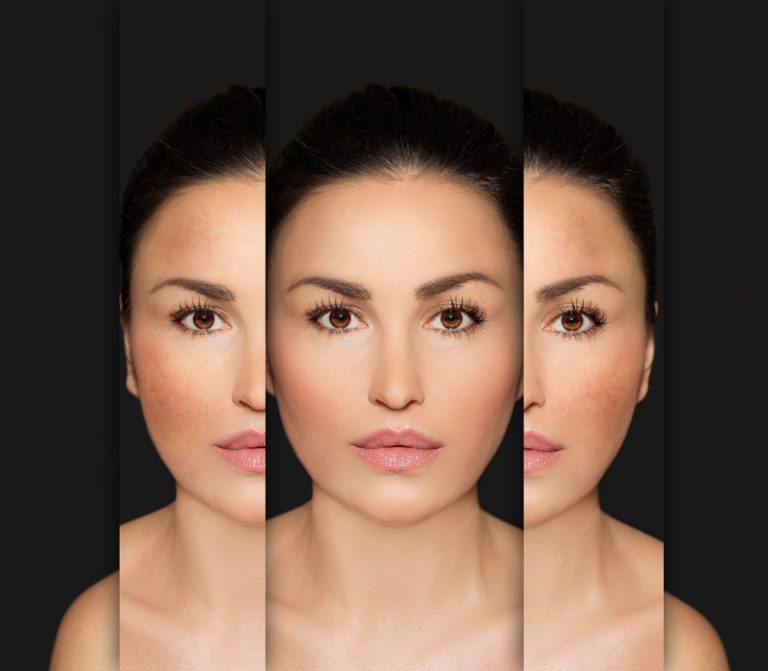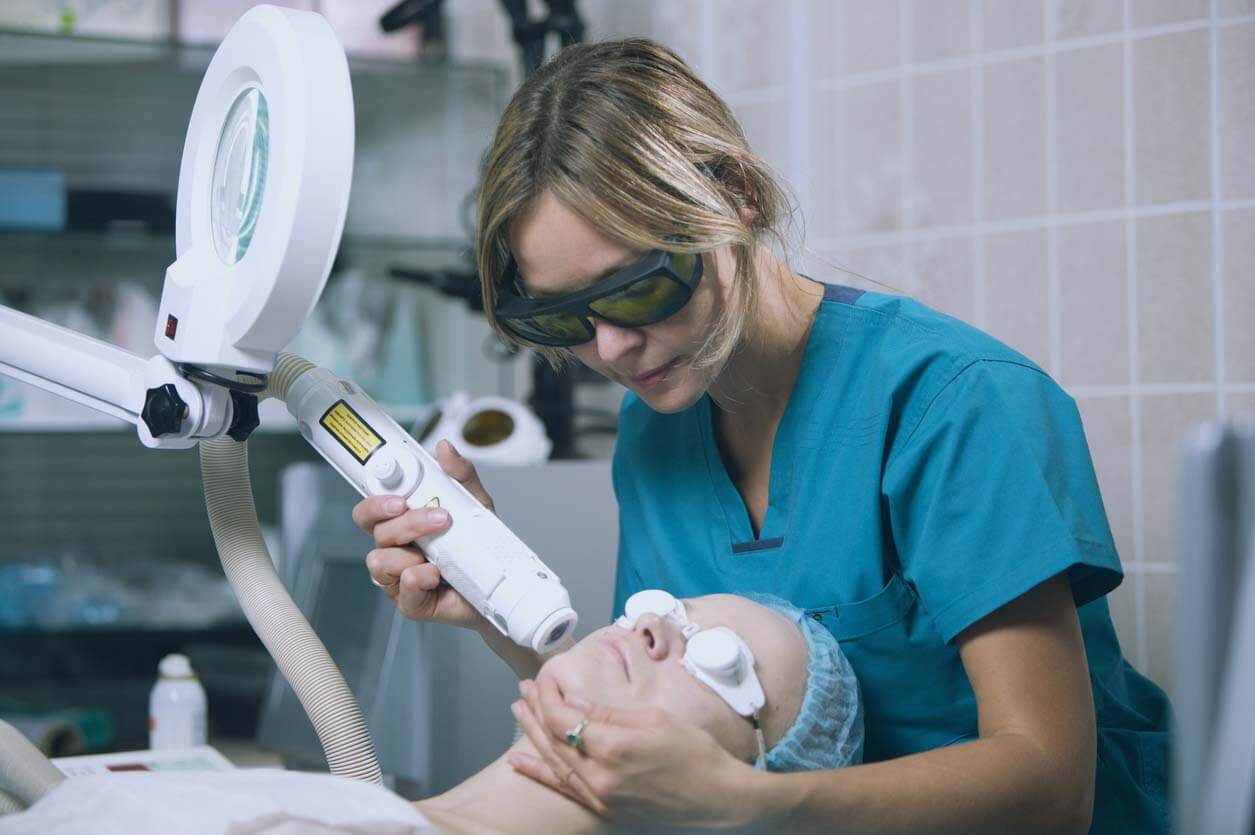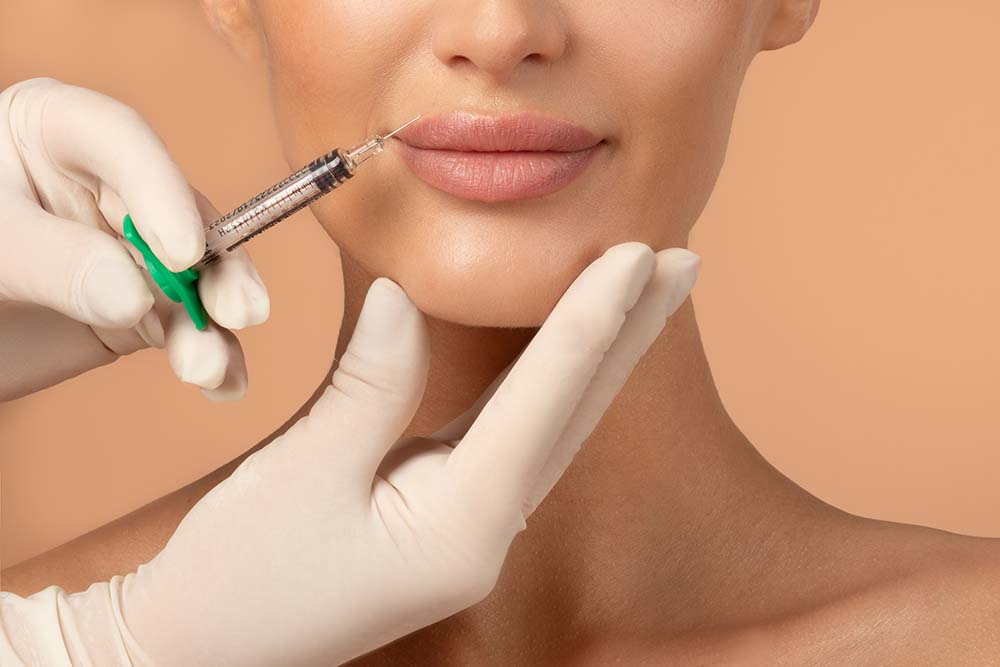
Sun Damage
Sun damage is the most common cause of Hyperpigmentation. Melanin acts as a natural sunscreen to protect our skin from harmful rays. With sun exposure the melanin starts to overproduce which causes darkening of the skin (tanning) to damaging the skin (burning) and then over time increasing our normal aging process prematurely. No one wants that but we all tend to skip the sun protection every now and then. Wear Sunblock. Wear a Hat. It all helps.
As time passes and hyperpigmentation areas start to surface we realize the final outcome of those outside sun exposure times and the damage that was done. These areas become more prominent in different forms. They can occur as a group of spots as well as individually and also vary in color between browns and almost black appearing as well as flat. Even “safely” tanning damages the elastin in our skin over time. This causes loss of firmness which ages us significantly.
Melasma
Another common type of hyperpigmentation falls into the Melasma category. Melasma presents itself more like a larger patch of brown or greyish discoloration. These patches seem to be more obvious when exposed to the sun. Sometimes there isn’t a defined line of pigmentation variation but more of a “mask” effect where an area seems darker without obvious borders. Many melasma cases are due to hormonal changes like pregnancy. When there is an influx of certain hormones the melanin can start to overproduce creating mask-like areas mostly on the face.
Laser Skin Care
Laser treatments are most effective these days for diminishing hyperpigmentation. The appointments are quick and pigmentation is lifted with each visit which is encouraging towards final results. Contact us or make an appointment to learn more about hyperpigmentation, how to prevent it, and what to do if you’ve noticed more hyperpigmentation than normal recently. Abnormal pigmentation could be a sign of skin cancer and needs to be investigated immediately.
Protect Yourself from the Sun
SPF use is vital moving forward to not create new melanin overproduction. Use sunscreen and cover your skin when outside for long periods of time.
We can’t go back and change our sun exposure decisions or change what causes Melasma but at Dermablue we can help you reduce and remove some of the visible side effects. Not only are our patients making a commitment to healthier skin, they are also making a lifestyle change to protect their skin as much as possible moving forward.
Keep an eye out for our upcoming specials for hyperpigmentation and melasma, to jumpstart your journey to healthy skin!







